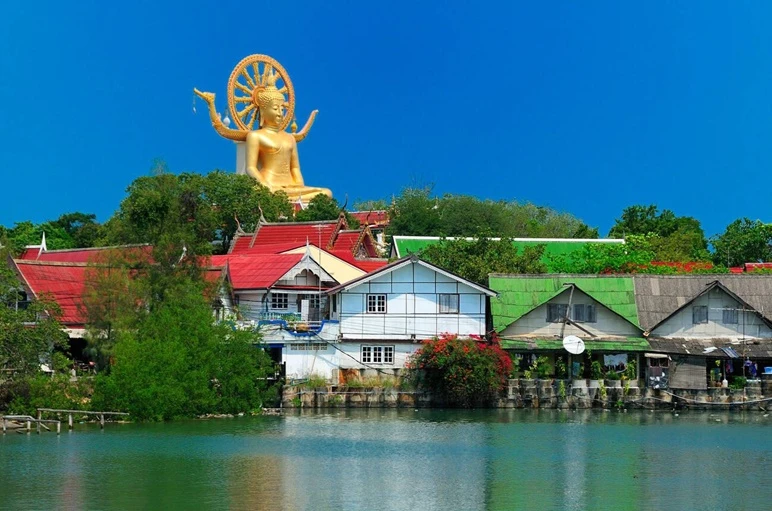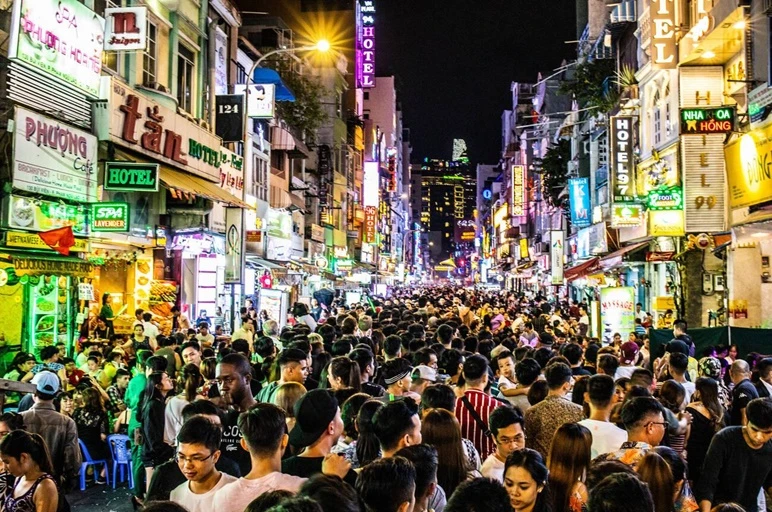In the summer of 2025, Bali is reaffirming its place on the global travel map—not just as Indonesia’s crown jewel, but as one of the most sought-after destinations for European travelers heading to Asia. According to newly released data from online travel platform Agoda, Indonesia ranks as the second most in-demand Asian destination for European tourists, narrowly missing the top spot to Thailand.
Long regarded as a spiritual and scenic paradise, the island continues to captivate travelers with its fusion of rich culture and world-renowned hospitality.
While Indonesia is a sprawling archipelago of over 17,000 islands, the lion’s share of tourism interest from Europe centers around Bali. Long regarded as a spiritual and scenic paradise, the island continues to captivate travelers with its fusion of rich culture, volcanic landscapes, turquoise waters, and world-renowned hospitality.

A Summer Surge from Europe
Agoda’s summer travel data—based on accommodation searches for the peak European vacation months of July and August—shows a clear surge in interest from European holidaymakers. Travelers from the United Kingdom, France, Germany, Spain, and the Netherlands are driving much of this demand. Specifically for Indonesia, French and Dutch tourists lead the pack, followed closely by those from the UK and Spain.

Bali, with its idyllic beaches, luxury resorts, and abundant experiences—from sunrise hikes on Mount Batur to immersive visits to Ubud’s art markets—is well-suited for both short getaways and extended cultural journeys. Its popularity outpaces other Indonesian hotspots, though data also shows growing interest in nearby Lombok and the capital city Jakarta, hinting at a broader appeal within the archipelago.
Bali vs. Asia’s Top Resort Locales
In a tight race for Asia’s most popular resort destinations, Bali comes out ahead of Thailand’s Koh Samui and Bangkok, with Vietnam’s Ho Chi Minh City emerging as a rising star. Koh Samui’s surge, influenced by its portrayal in hit TV shows, demonstrates the impact of pop culture on travel trends. Yet Bali’s consistent top-tier status speaks to its deep-rooted allure rather than temporary media moments.

The island’s diversity is key. Bali is not a single-experience destination—it caters to digital nomads in Canggu, surfers in Uluwatu, luxury seekers in Nusa Dua, and culture lovers in Ubud. This versatility makes it a prime candidate for multi-stop Asian vacations that European tourists increasingly favor.
Seamless Travel, Multi-Stop Itineraries
One of the driving forces behind Bali’s sustained popularity is the increasingly seamless travel infrastructure. With expanding international flight routes, such as the newly inaugurated direct service from Ho Chi Minh City to Bali via Vietnam Airlines, European travelers now find it easier than ever to explore Southeast Asia with minimal fuss.

The region’s interconnectedness also lends itself to flexible itineraries. In just two weeks, European tourists can experience three different cultures and landscapes by combining destinations like Bangkok, Denpasar (Bali), and Ho Chi Minh City. The ease of regional travel boosts Bali’s position as a key anchor point in Asia-bound travel plans.
Bali’s Enduring Appeal
Bali's appeal isn’t just about scenic beauty. It lies in the island’s ability to evolve while maintaining its identity. From eco-resorts and wellness retreats to culinary tours and digital detox hideaways, Bali keeps reinventing itself for modern travelers while preserving its heritage.

In a post-pandemic world where travelers crave both safety and soul-stirring experiences, Bali hits the sweet spot. With Indonesia’s growing prominence on the European travel radar, and Bali leading the charge, the island seems poised to hold its title as one of Asia’s most desirable destinations for many summers to come.




 Billy Bagus
Billy Bagus
 Jun 20, 2025
Jun 20, 2025






